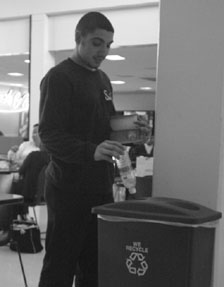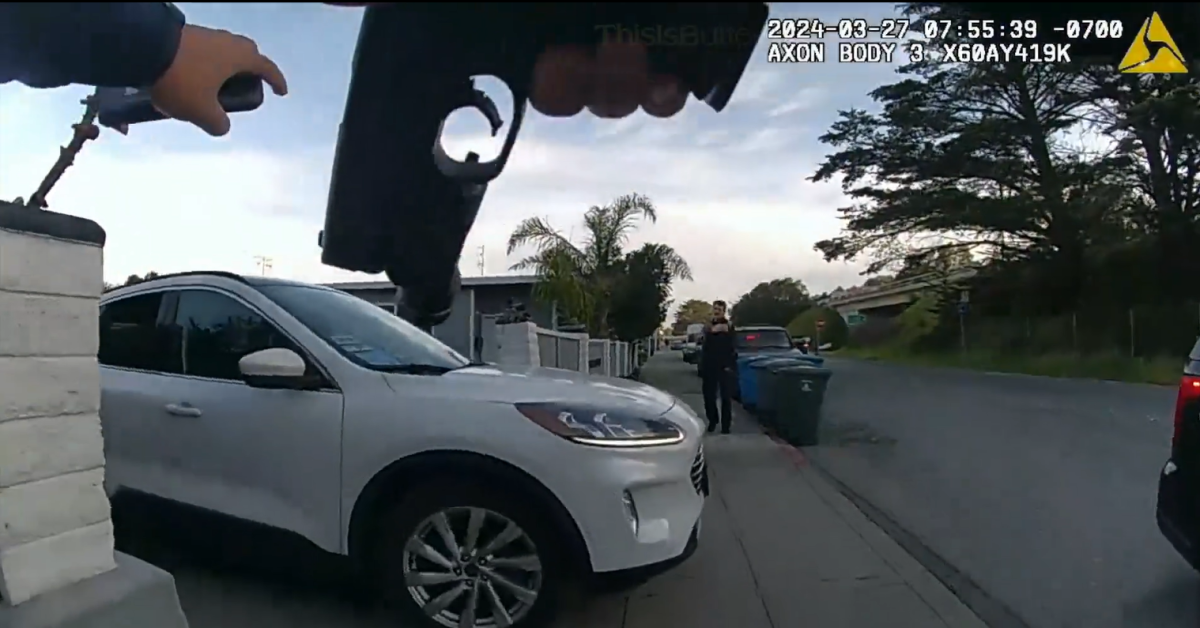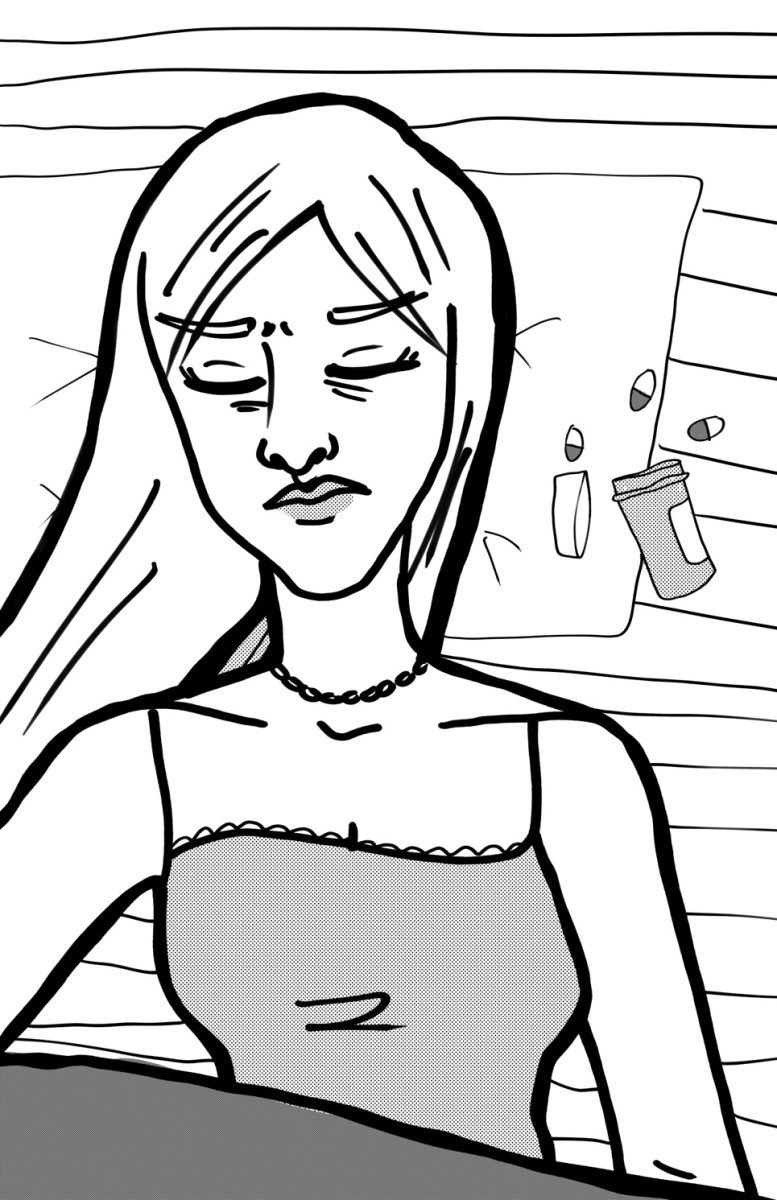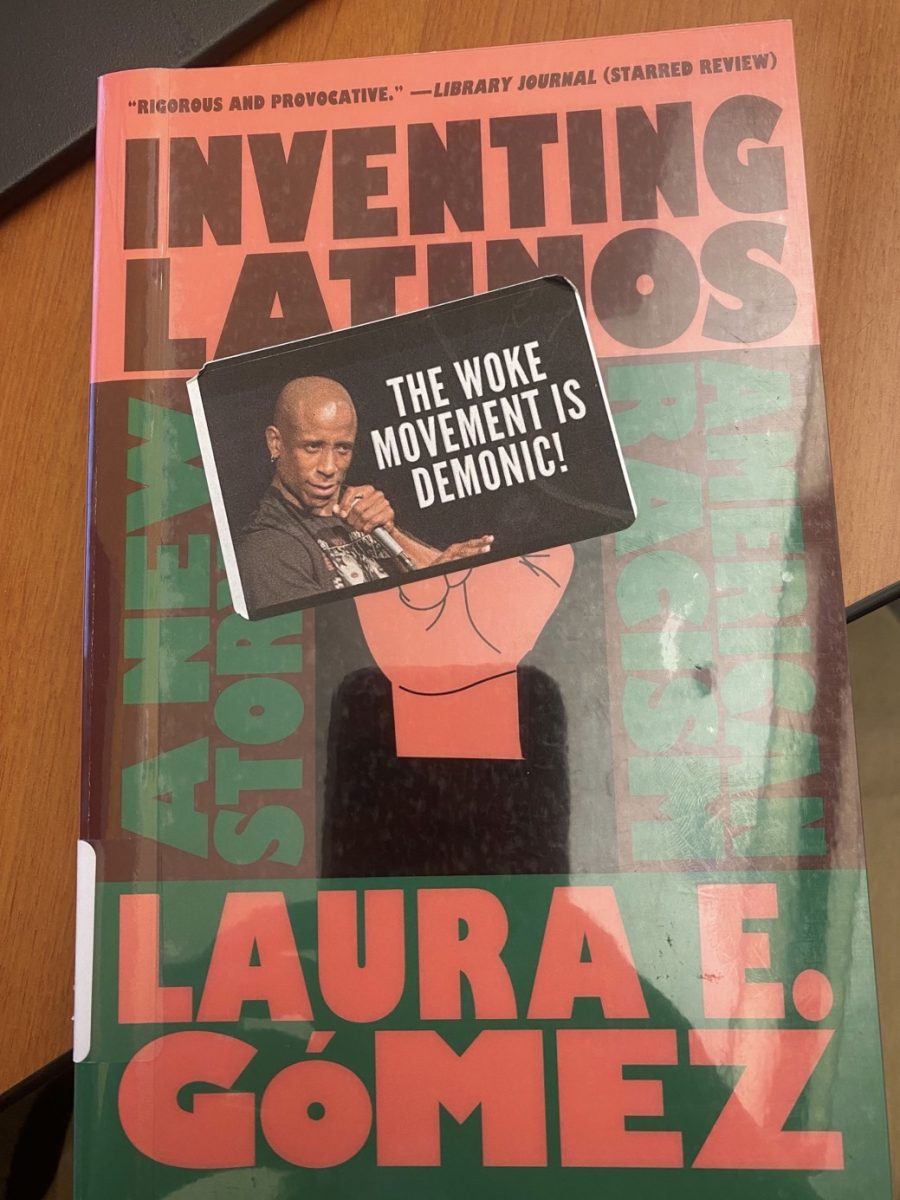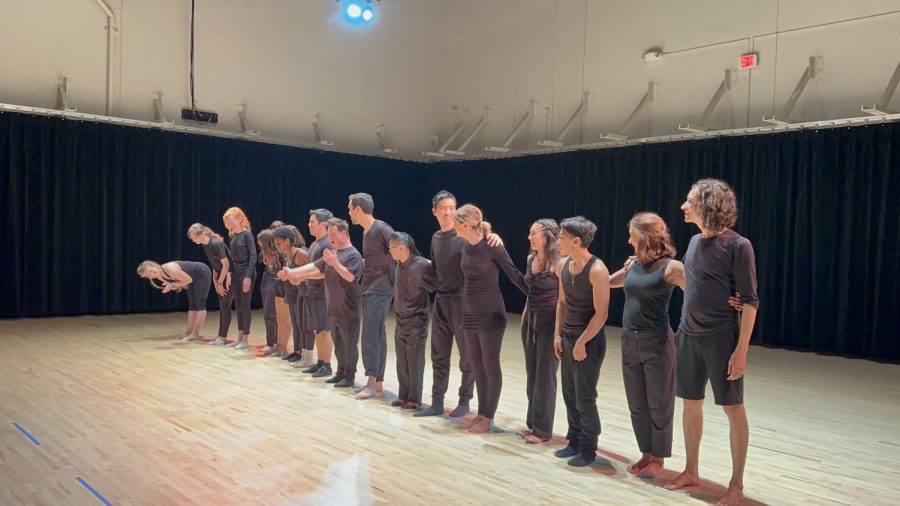For the second year in a row, Skyline College has diverted its waste output by over 74 percent, exceeding the 50 percent as mandated by California Assembly Bill 75. Crediting recycling of all kinds as the force behind the number, Skyline officials couldn’t be prouder.
“I was blown away,” said Victoria Morrow, president of Skyline College, of the statistic. “That was one of the things I noticed first when I came to Skyline College. The blue recycling bins were prevalent, not just ritual schlepp. They’re at every one of our desks.”
According to the report submitted to the California Integrated Waste Management Board (CIWMB) for 2004, Skyline reached the diversion number by recycling in interesting but effective ways. For example: moving the campus and community communications flow from paper to online, having the automotive department recycle metal and oil from their cars, leaving grass and plant clippings behind on the ground, and even seeing that the bookstore increase the book buy-back program. The combined effort of these as well as regular use of the ever-present blue bins has helped Skyline reach the increased percentage.
“As a whole, we did very well,” said Richard Inokuchi, Skyline’s facilities manager and recycling coordinator for the project. “It’s remarkable, in my estimation. It reflects very favorably on the students, faculty, staff and community.”
Even Swinerton Management, the construction consulting firm coordinating building at Skyline, is helping with the plan. When remodeling the Pacific Heights campus, the old heating units were recycled. Rather than hauling excess dirt from construction sites to landfill, it was smoothed out, and has the potential to be used at a later time.
“Some things are just garbage, but we recycled when we could,” Inokuchi said.
According to Trevor O’Shaughnessy, supervisor of the State Recycling Program under the CIWMB, when AB 75 was implemented in 1990, all state agencies and large facilities were to permanently reduce their waste by 50 percent come 2004. From the 2003 reports, including the 117 community college campuses and their district offices, the cumulative average diversion rate is just over 61 percent.
“Compared to that, Skyline is doing better than the rest of the state,” O’Shaughnessy said. “Community colleges do impact local communities because they are significantly large generators within the community itself. So, overall, recycling does benefit the community.”
Skyline is even doing better than the statewide average, according to Roni Java, public information officer from the State Recycling Program.
“California is currently diverting 47 percent of its waste,” she said. “It’s pretty outstanding for a college to reach (74 percent). It presents a lot of unique challenges.”
For anyone familiar with the college, however, recycling is as much a part of the culture as the fog.
“Skyline has widely shared conservation values and social values,” Morrow said. “It doesn’t surprise me. That’s Skyline.”
Recycling Facts:
* California generates approximately 76 million tons of waste per year. When broken down, this allots 2 tons to every man, woman and child in the state.
* The amount of waste diverted since the implementation of AB 75 (300 million tons) is enough to fill a line of garbage trucks end to end around the equator six times.
Source: Roni Java, Public Information of State Recycling Program



